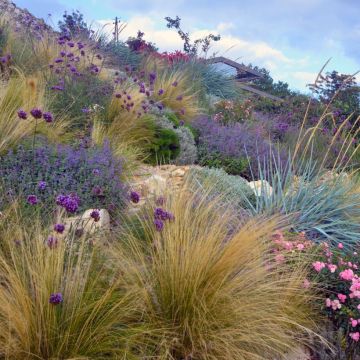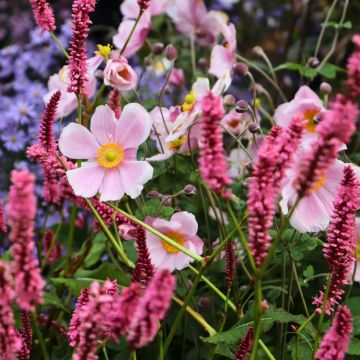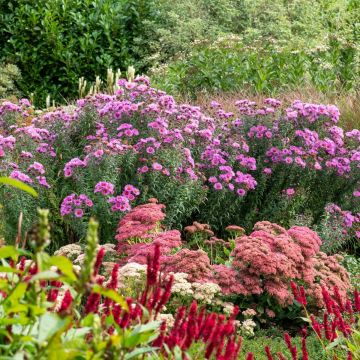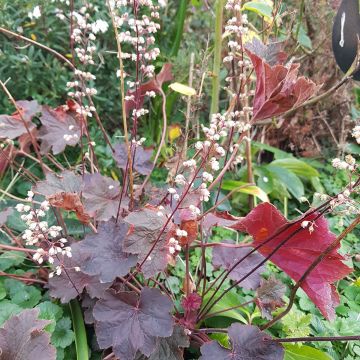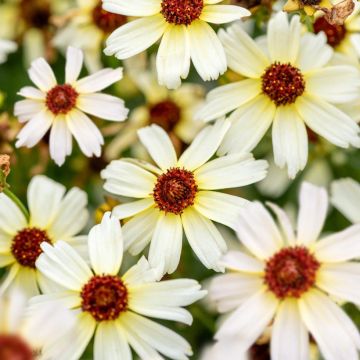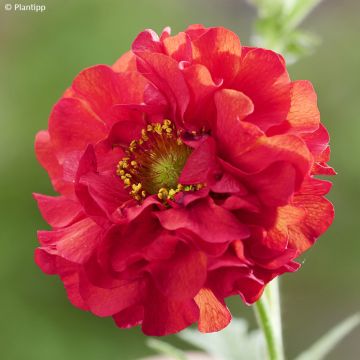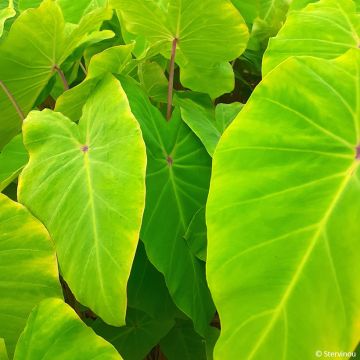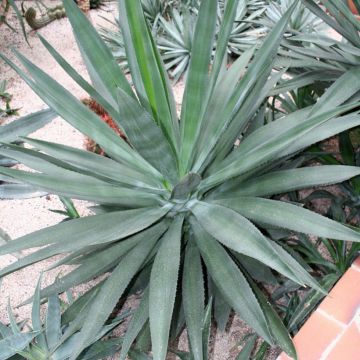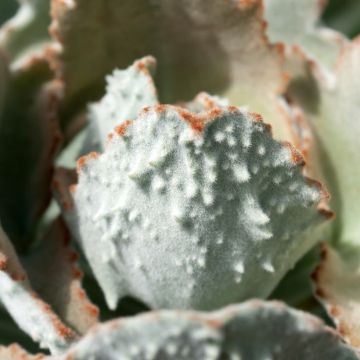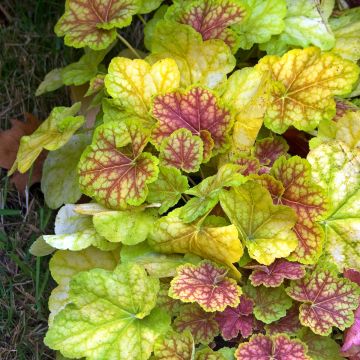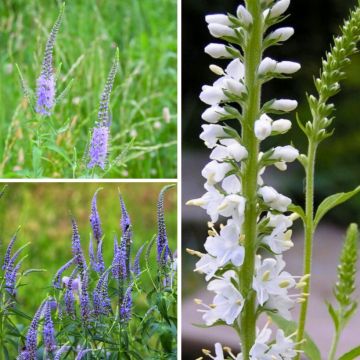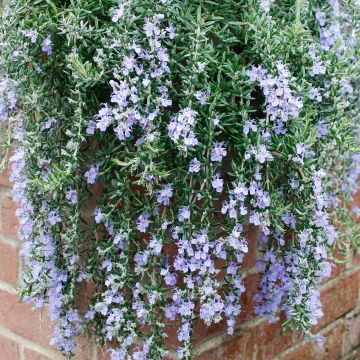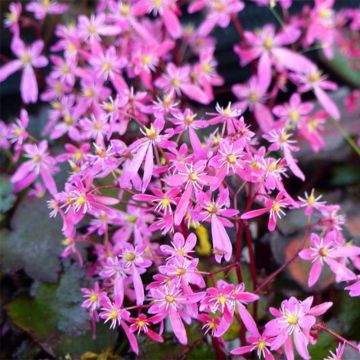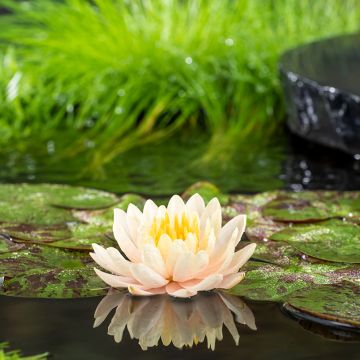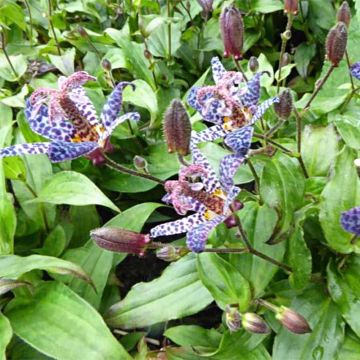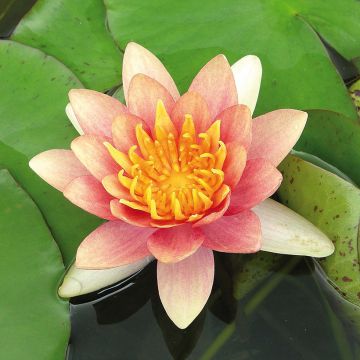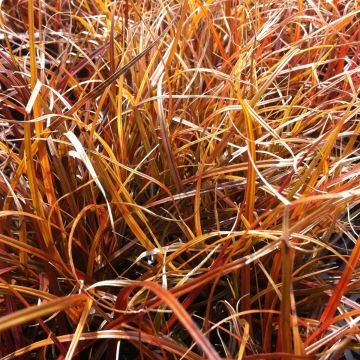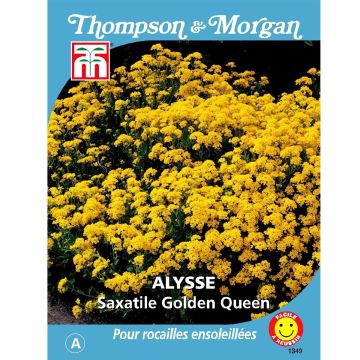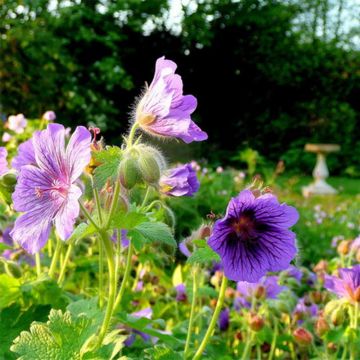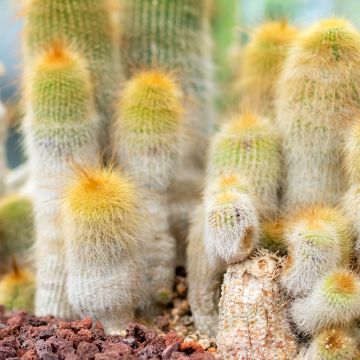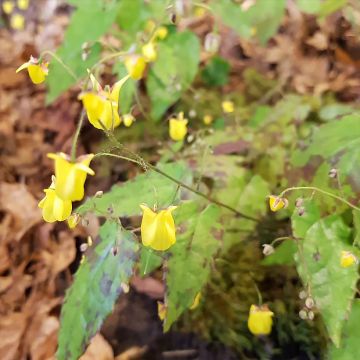

Jaborosa integrifolia - Jaborose à feuilles entières
Jaborosa integrifolia
Jaborosa integrifolia
Springblossom
Fast delivery. Young plant well packaged, more updates when it starts growing.
Christine, 26/01/2023
Special offer!
Receive a €20 voucher for any order over €90 (excluding delivery costs, credit notes, and plastic-free options)!
1- Add your favorite plants to your cart.
2- Once you have reached €90, confirm your order (you can even choose the delivery date!).
3- As soon as your order is shipped, you will receive an email containing your voucher code, valid for 3 months (90 days).
Your voucher is unique and can only be used once, for any order with a minimum value of €20, excluding delivery costs.
Can be combined with other current offers, non-divisible and non-refundable.
Why not try an alternative variety in stock?
View all →This plant carries a 12 months recovery warranty
More information
We guarantee the quality of our plants for a full growing cycle, and will replace at our expense any plant that fails to recover under normal climatic and planting conditions.
Would this plant suit my garden?
Set up your Plantfit profile →
Description
Jaborosa integrifolia is an astonishing perennial related to the tomato that comes to us from South America where it runs in the pampas. It spreads into a carpet of shiny leaves that come alive with beautiful white and fragrant stars. This generous and easy-to-grow plant deserves to be planted more in gardens, imposing some limits on its wandering rhizomes. A unique ground cover to plant at the base of a hedge or in a rockery, in any region with mild winters.
Jaborosa integrifolia is an herbaceous perennial of the Solanaceae family. This species is native to eastern Argentina, and widespread in Brazil, Paraguay, Uruguay, and the Andes. With indeterminate growth, due to its trailing underground rhizomes, it can sometimes become invasive when it is happy. It is undemanding in terms of soil, as long as it is properly drained. It withstands short frosts of around -8°C (17.6°F). In mild climates, it retains its foliage in winter. Elsewhere, the foliage is deciduous. Once well-rooted, the plant tolerates dry summers, but occasional watering will support flowering.
It does not develop stems. Its large leaves emerge directly from the ground, carried by a long petiole. They are assembled in rosettes 15 to 20cm (6 to 8in) high. These leaves, which can measure 20cm (8in) in length, are thick and fleshy, shiny, ovate lanceolate in shape, and fresh green in colour, with a pronounced midrib. The rosettes together form a fairly loose carpet that can be made denser by limiting the plant's living space. Flowering begins in May, more or less early depending on the climate, and continues until the end of summer if the soil remains somewhat moist. The flowers are solitary, upright, pure white, and composed of a long tube widening into 5 petals that form a star with very tapered tips. They measure 6 to 7cm (2 to 3in) wide. They emit a sweet scent in the late afternoon. The flowers are ephemeral and only live for a day or two. However, new blooms are continuously produced. The plant sometimes produces a few fruits that resemble tiny tomatoes. Like many plants in the Solanaceae family, Jaborosa integrifolia contains molecules that are toxic if ingested.
Jaborosa is an unusual and undemanding plant, with an exotic charm that will appeal to enthusiasts of botanical curiosities. It can be planted along a path, at the base of a sunny hedge, on a moist embankment, or in a shady rockery. This perennial will also spread between bushes, extending to seek light and moisture. If planted in too much shade, it will flower less. To thicken out its carpet of leaves, we recommend keeping it in a defined space. Plant it in full sun or partial shade. It can accompany periwinkles, golden-saxifrages, and many other ground cover plants.
Report an error about the product description
Flowering
Foliage
Plant habit
Botanical data
Jaborosa
integrifolia
Solanaceae
Springblossom
South America
Other Perennials A to Z
View all →Planting and care
Plant in spring or early autumn (in mild climates) in full sun or partial shade. It thrives in clay-limestone soils that are loose and well-drained. It also likes soils that are fairly rich in humus: the plant will appreciate the addition of compost to the planting hole and the entire area it will occupy. This plant is moderately hardy and can withstand short frosts of around -8°C (17.6°F) once established. Adequate watering once or twice a week will be necessary to support flowering during dry summers. Jaborosa naturally forms a fairly loose and sparse carpet. To densify its growth, we recommend limiting its spread by confining it to a defined space (e.g., planting it in a container or containing it with a cement pathway). Remove any overly wandering rootstocks to control its expansion.
Planting period
Intended location
Care
Planting & care advice
-
, onOrder confirmed
Reply from on Promesse de fleurs
Similar products
Haven't found what you were looking for?
Hardiness is the lowest winter temperature a plant can endure without suffering serious damage or even dying. However, hardiness is affected by location (a sheltered area, such as a patio), protection (winter cover) and soil type (hardiness is improved by well-drained soil).

Photo Sharing Terms & Conditions
In order to encourage gardeners to interact and share their experiences, Promesse de fleurs offers various media enabling content to be uploaded onto its Site - in particular via the ‘Photo sharing’ module.
The User agrees to refrain from:
- Posting any content that is illegal, prejudicial, insulting, racist, inciteful to hatred, revisionist, contrary to public decency, that infringes on privacy or on the privacy rights of third parties, in particular the publicity rights of persons and goods, intellectual property rights, or the right to privacy.
- Submitting content on behalf of a third party;
- Impersonate the identity of a third party and/or publish any personal information about a third party;
In general, the User undertakes to refrain from any unethical behaviour.
All Content (in particular text, comments, files, images, photos, videos, creative works, etc.), which may be subject to property or intellectual property rights, image or other private rights, shall remain the property of the User, subject to the limited rights granted by the terms of the licence granted by Promesse de fleurs as stated below. Users are at liberty to publish or not to publish such Content on the Site, notably via the ‘Photo Sharing’ facility, and accept that this Content shall be made public and freely accessible, notably on the Internet.
Users further acknowledge, undertake to have ,and guarantee that they hold all necessary rights and permissions to publish such material on the Site, in particular with regard to the legislation in force pertaining to any privacy, property, intellectual property, image, or contractual rights, or rights of any other nature. By publishing such Content on the Site, Users acknowledge accepting full liability as publishers of the Content within the meaning of the law, and grant Promesse de fleurs, free of charge, an inclusive, worldwide licence for the said Content for the entire duration of its publication, including all reproduction, representation, up/downloading, displaying, performing, transmission, and storage rights.
Users also grant permission for their name to be linked to the Content and accept that this link may not always be made available.
By engaging in posting material, Users consent to their Content becoming automatically accessible on the Internet, in particular on other sites and/or blogs and/or web pages of the Promesse de fleurs site, including in particular social pages and the Promesse de fleurs catalogue.
Users may secure the removal of entrusted content free of charge by issuing a simple request via our contact form.
The flowering period indicated on our website applies to countries and regions located in USDA zone 8 (France, the United Kingdom, Ireland, the Netherlands, etc.)
It will vary according to where you live:
- In zones 9 to 10 (Italy, Spain, Greece, etc.), flowering will occur about 2 to 4 weeks earlier.
- In zones 6 to 7 (Germany, Poland, Slovenia, and lower mountainous regions), flowering will be delayed by 2 to 3 weeks.
- In zone 5 (Central Europe, Scandinavia), blooming will be delayed by 3 to 5 weeks.
In temperate climates, pruning of spring-flowering shrubs (forsythia, spireas, etc.) should be done just after flowering.
Pruning of summer-flowering shrubs (Indian Lilac, Perovskia, etc.) can be done in winter or spring.
In cold regions as well as with frost-sensitive plants, avoid pruning too early when severe frosts may still occur.
The planting period indicated on our website applies to countries and regions located in USDA zone 8 (France, United Kingdom, Ireland, Netherlands).
It will vary according to where you live:
- In Mediterranean zones (Marseille, Madrid, Milan, etc.), autumn and winter are the best planting periods.
- In continental zones (Strasbourg, Munich, Vienna, etc.), delay planting by 2 to 3 weeks in spring and bring it forward by 2 to 4 weeks in autumn.
- In mountainous regions (the Alps, Pyrenees, Carpathians, etc.), it is best to plant in late spring (May-June) or late summer (August-September).
The harvesting period indicated on our website applies to countries and regions in USDA zone 8 (France, England, Ireland, the Netherlands).
In colder areas (Scandinavia, Poland, Austria...) fruit and vegetable harvests are likely to be delayed by 3-4 weeks.
In warmer areas (Italy, Spain, Greece, etc.), harvesting will probably take place earlier, depending on weather conditions.
The sowing periods indicated on our website apply to countries and regions within USDA Zone 8 (France, UK, Ireland, Netherlands).
In colder areas (Scandinavia, Poland, Austria...), delay any outdoor sowing by 3-4 weeks, or sow under glass.
In warmer climes (Italy, Spain, Greece, etc.), bring outdoor sowing forward by a few weeks.































